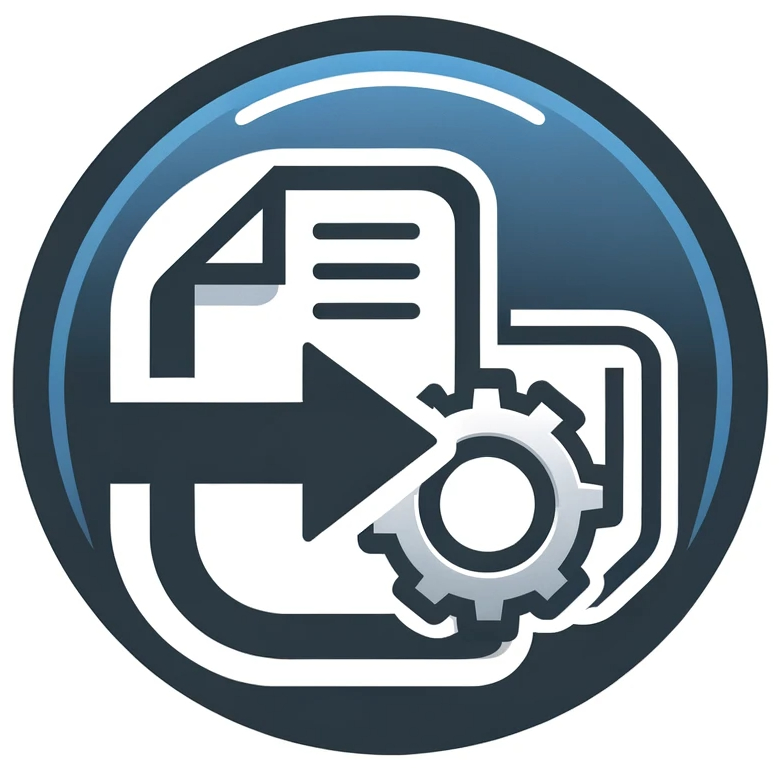The chmod command changes file permissions. There are two methods. One method is: chmod 0100 file_name. Only the file owner executes it. Another method is: chmod -777 file_name. This takes away execution privilege from all users.
With this extra info on the chmod command, you should understand its usage in making files executable in Linux.
To change permissions, use the chmod command like this: chmod who=permissions filename. The “who” means: user (file owner), group (group members), or others (everyone else).
For example:
chmod +300 /path/to/file. This adds read and write permissions for the user, without affecting other permissions.
The first column of permissions looks like: drwxr-xr-x. The first character is the file type. Then 3 sets of 3 characters show permissions for user, group, and others. rwx means full permissions. A – means no permission.
So rwxrwxrwx means all users have full read, write and execute permissions.
